HOVEDTØJ by Trine Søndergaard
デンマーク人ヴィジュアルアーティスト、トリーネ・ゾンダーガード(Trine Søndergaard)の作品集。「頭飾り(headwear)」というタイトルが付けられた本作は、2019年から2020年にスキーベ美術館で開催された作者の個展「Trine Søndergaard: Herfra hvor vi står」に合わせて制作された。同展覧会のために、スキーベ美術館の文化史部門のコレクションに所蔵されているスキーベ地方に関連する歴史的な頭飾りをつけた地元の少女たちを撮り下ろしたシリーズを収録。19世紀の帽子、ボンネット、ベール、ヘアージュエリーなどの頭飾りは、未婚か既婚か、年齢、経済状態、出身地方などを示す女性にとって重要なアイデンティティーのしるしだった。本書に登場する歴史的な頭飾りは、店舗や旅商人から買った生地、再利用した衣服を使い、手縫いで作られている。例えば社会的な地位を誇示するために使われたボンネットには、フランス、スイス、ドイツなどから来た高価で貴重なシルクのリボンが縫い付けられている。スキーベ近郊のファー島の帽子は、緑の生地と縫い付けられたリボンのアーチ型の曲線が特徴的である。人毛で作られたヘアージュエリーや19世紀中ごろに重視されていたファッションアイテムなどの装飾品も収録。ヘアジュエリーは貴金属でできたジュエリーには手が出ない農民の間で人気に火が付いた。また、特定の人の髪を使って作ったヘアージュエリーは、思い出の品という二次的な機能も持つ。作者らしい静けさが漂う穏やかなポートレイトには、目に見えないもの、あるいは人目につかないままでいることを選んだものが現れている。一見すると歴史的な絵画を再現した写真のようだが、よく観察してみると微妙な時代の差や視覚的な不調和が見えてくる。お気に入りの服を着たモデルに歴史的な頭飾りをつけることによって、作者は歴史的な前後関係が分からない空間を作り出している。そこでは現代であることを知らせるちょっとしたヒントや少女たち自身のモダンなジュエリーが、新しいものと古いもの、過去と現在の間にはっきりとした緊張感を生み出している。こうした今と昔の視覚的な出会いには、個人的であると同時に文化的、歴史的でもある表現を含んだ時間が凝縮されている。またこれらの表現は、国民感情、アイデンティティ、頭飾りに対する態度、女性の歴史といった現代的な問題と通じるところがある。
’Hovedtøj’ (headwear) is a small book created for the exhibition ’Trine Søndergaard. Herfra hvor vi står’ (Trine Søndergaard. From Where We Stand) at Skive Museum 2019/2020. The book Hovedtøj by Trine Søndergaard consists of a new series of images that Søndergaard created specifically for the exhibition in Skive by photographing young, local girls wearing historical headwear connected to the Skive area which Søndergaard borrowed from the collection of cultural history at Skive Museum. Nineteenth-century hats, bonnets, veils, and hair jewellery were an important identity marker for women, since it differentiated between single or married, young or old, rich or poor, and regional origin. All of the historical headwear in the images has been hand-sewn with materials bought from shops, itinerant pedlars, or made from alterations of other items of clothing. Several bonnets, for example, were made by stitching together saved, treasured and expensive silk ribbons from France, Switzerland, and Germany and were used to indicate social status. A special feature of the hats from the island of Fur near Skive is the green colour and the characteristic arched shape of the sewed-on bows. The work also features a different kind of embellishment, namely hair jewellery made of human hair and a significant item of mid-nineteenth-century fashion. Hair jewellery gained popularity partly because the peasantry could not afford jewellery made from precious metals. This jewellery also had a secondary function as remembrance jewellery, containing hair from a specific person. The characteristic stillness of Søndergaard’s work pervades the serene portraits manifesting the imperceptible or that which elects to remain obscure. At a first glance, the photographs give the impression of presenting historical pictures, but upon closer inspection one discovers the minute discrepancies of time and visual clashes present in the images. By photographing the models in their own favourite clothes while wearing the historical headdresses, Søndergaard creates an anachronistic meeting ground where the small modern labels and the girls’ personal and modern jewellery marks a conspicuous tension between new and old, past and present. These visual encounters create a condensed accumulation of time embodying both a personal, cultural and historical expression that resonate with contemporary debate on national sentiment, identity, the attitude towards headdresses and the history of women.
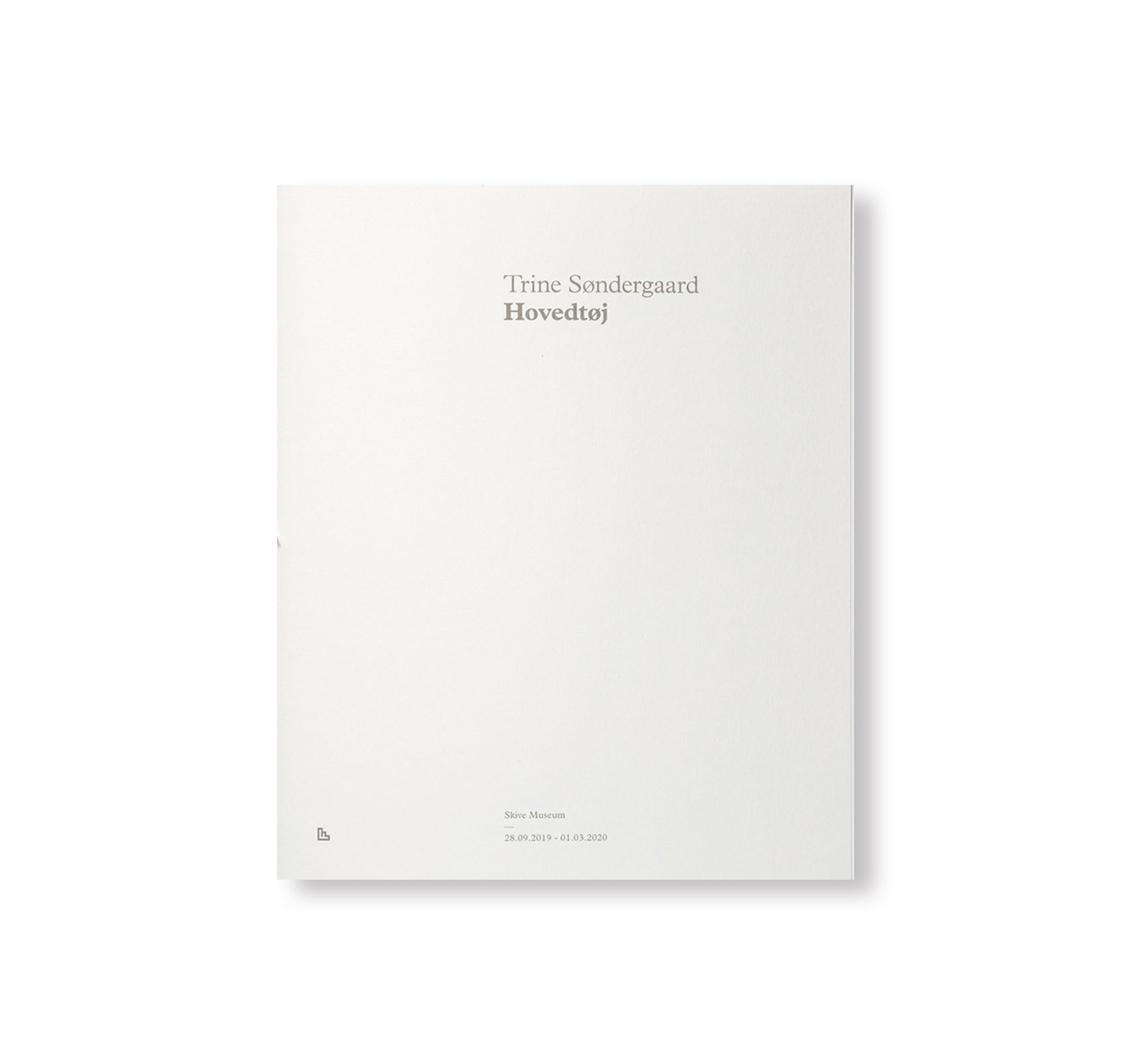
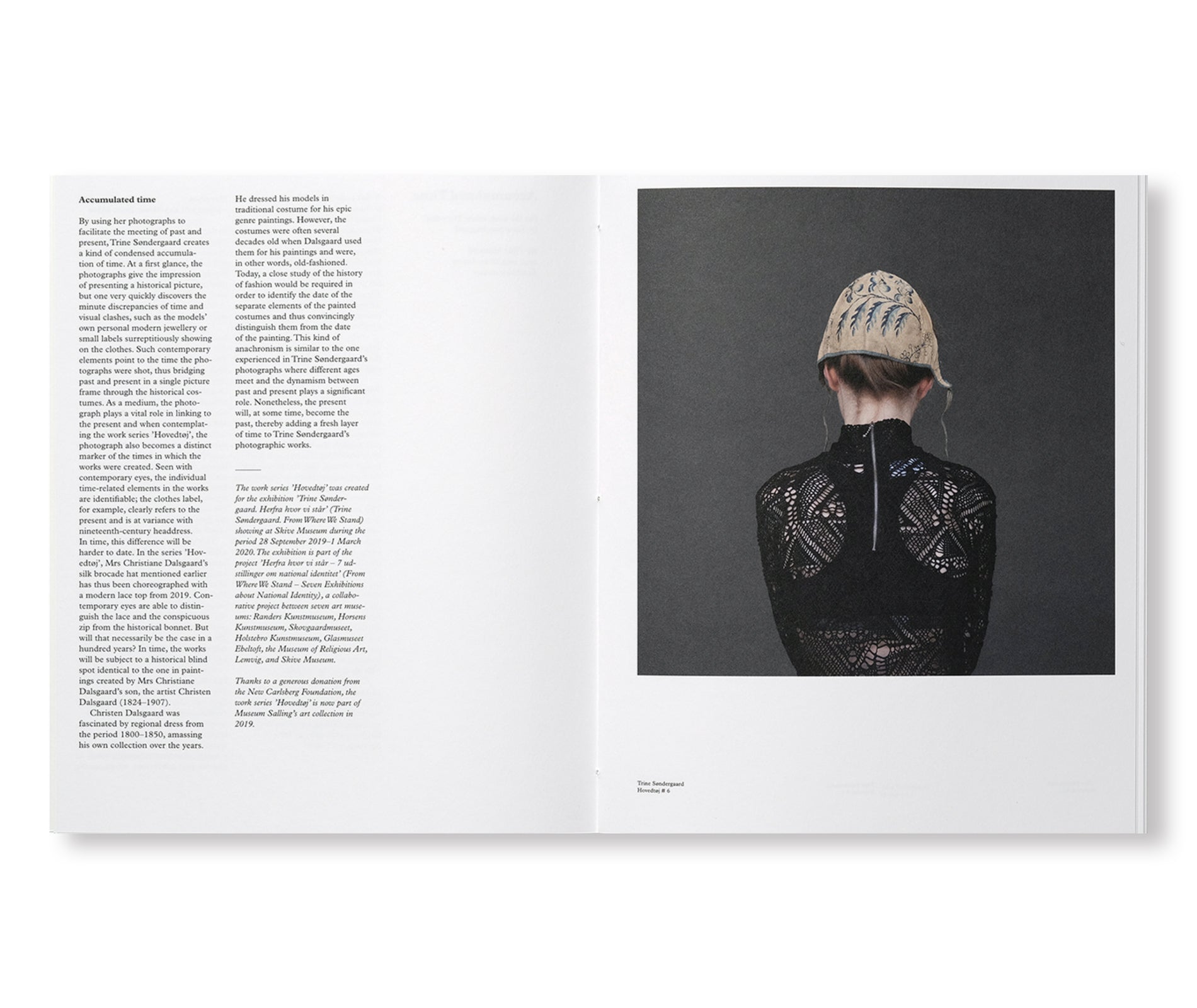
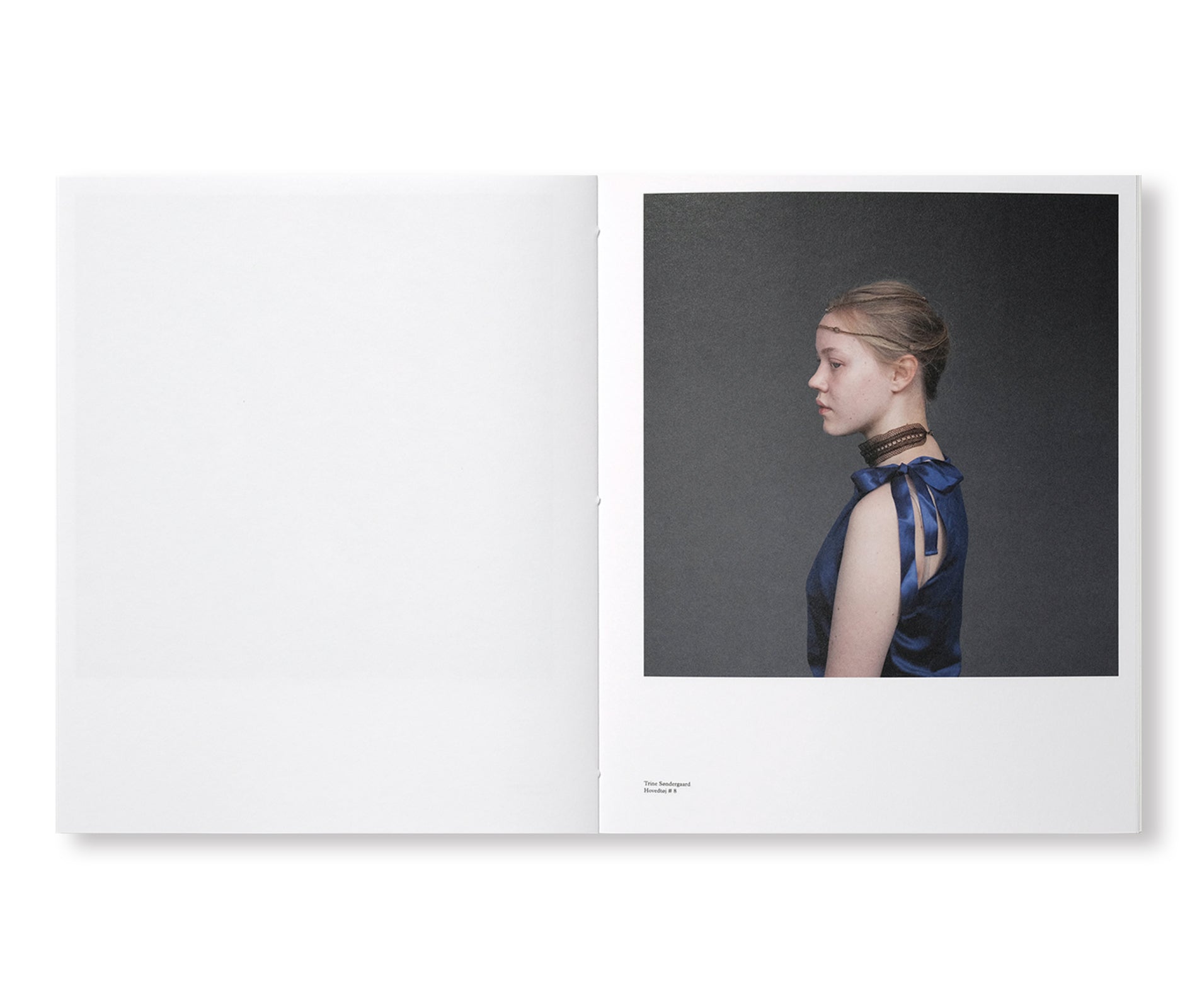
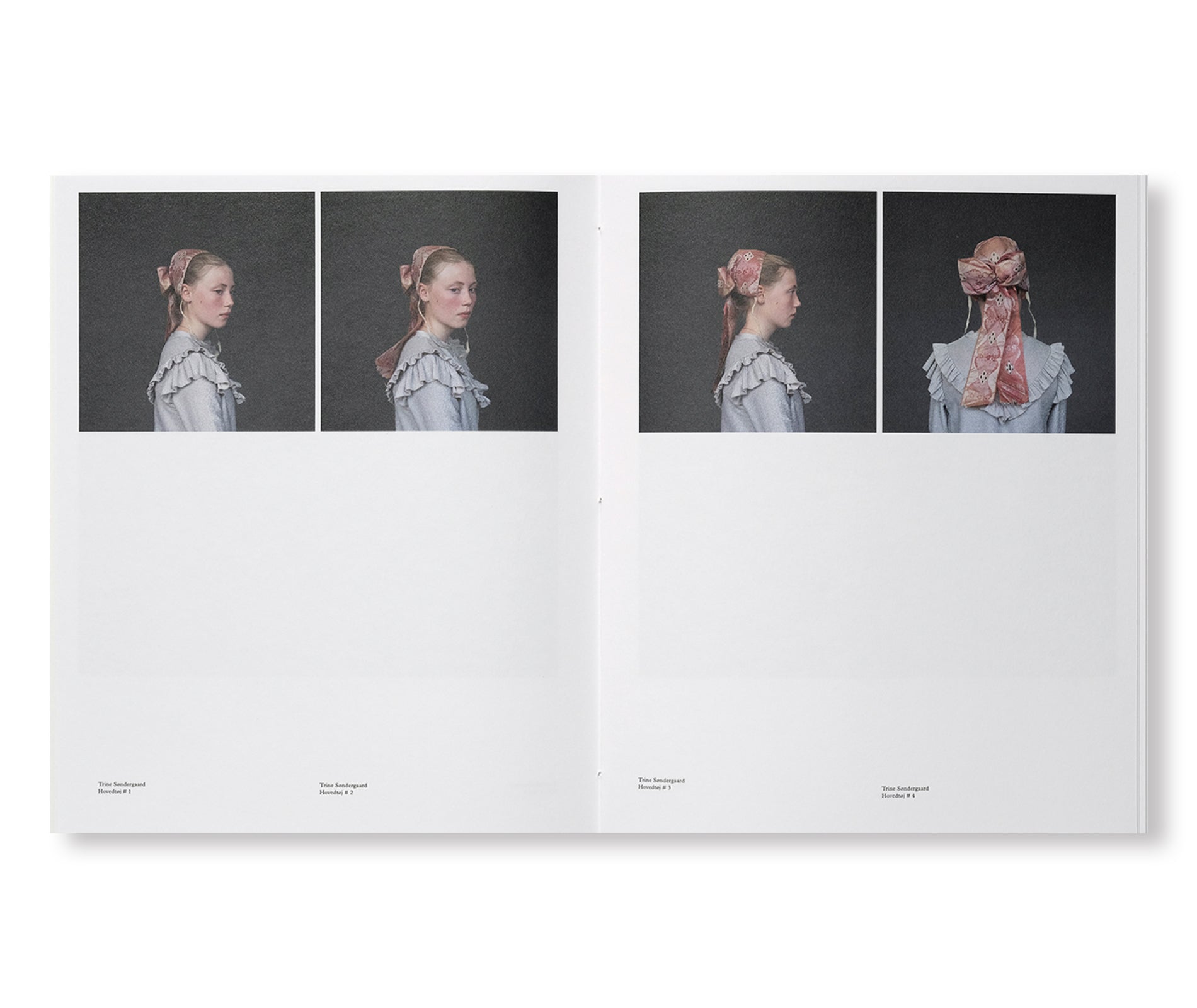
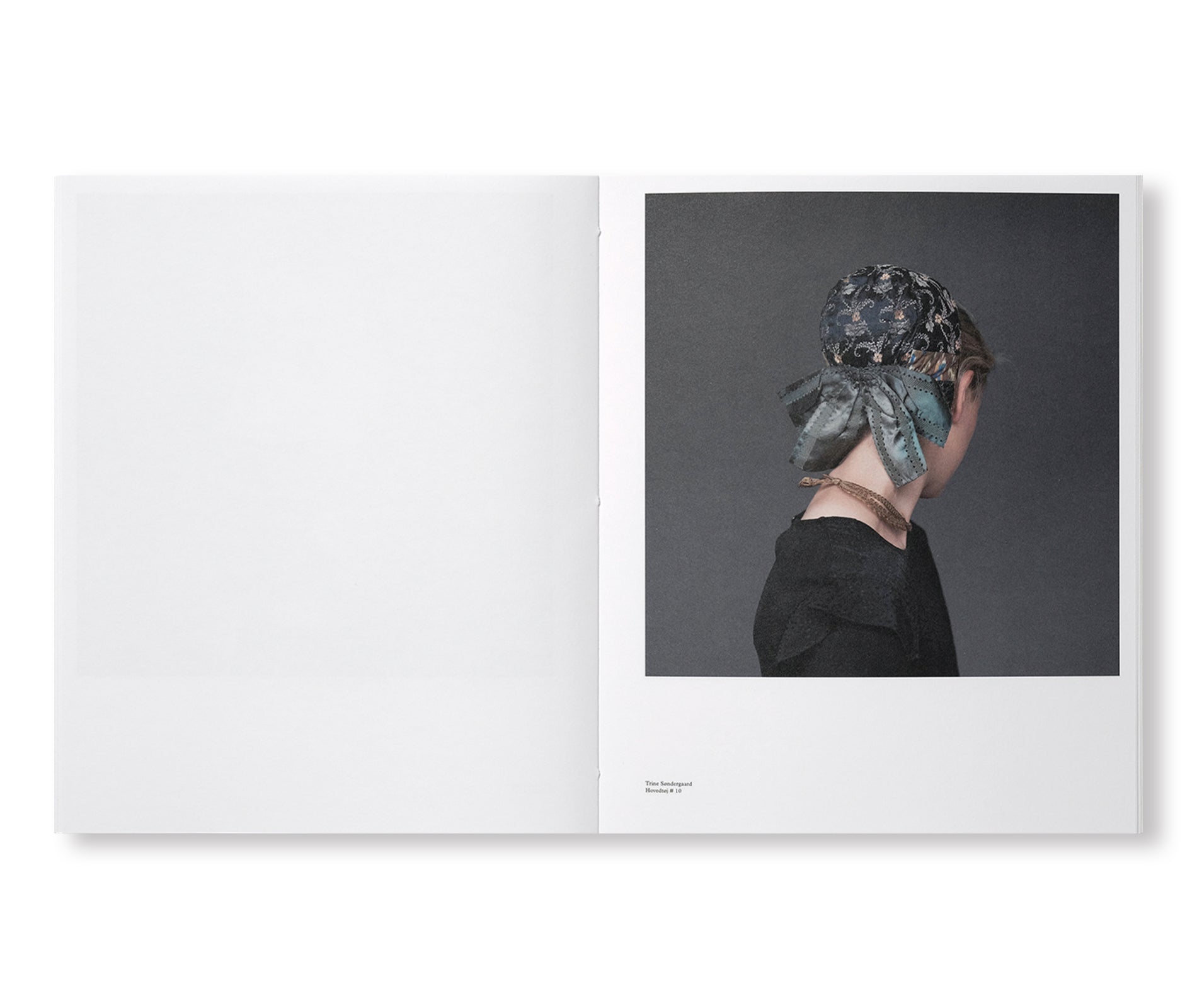
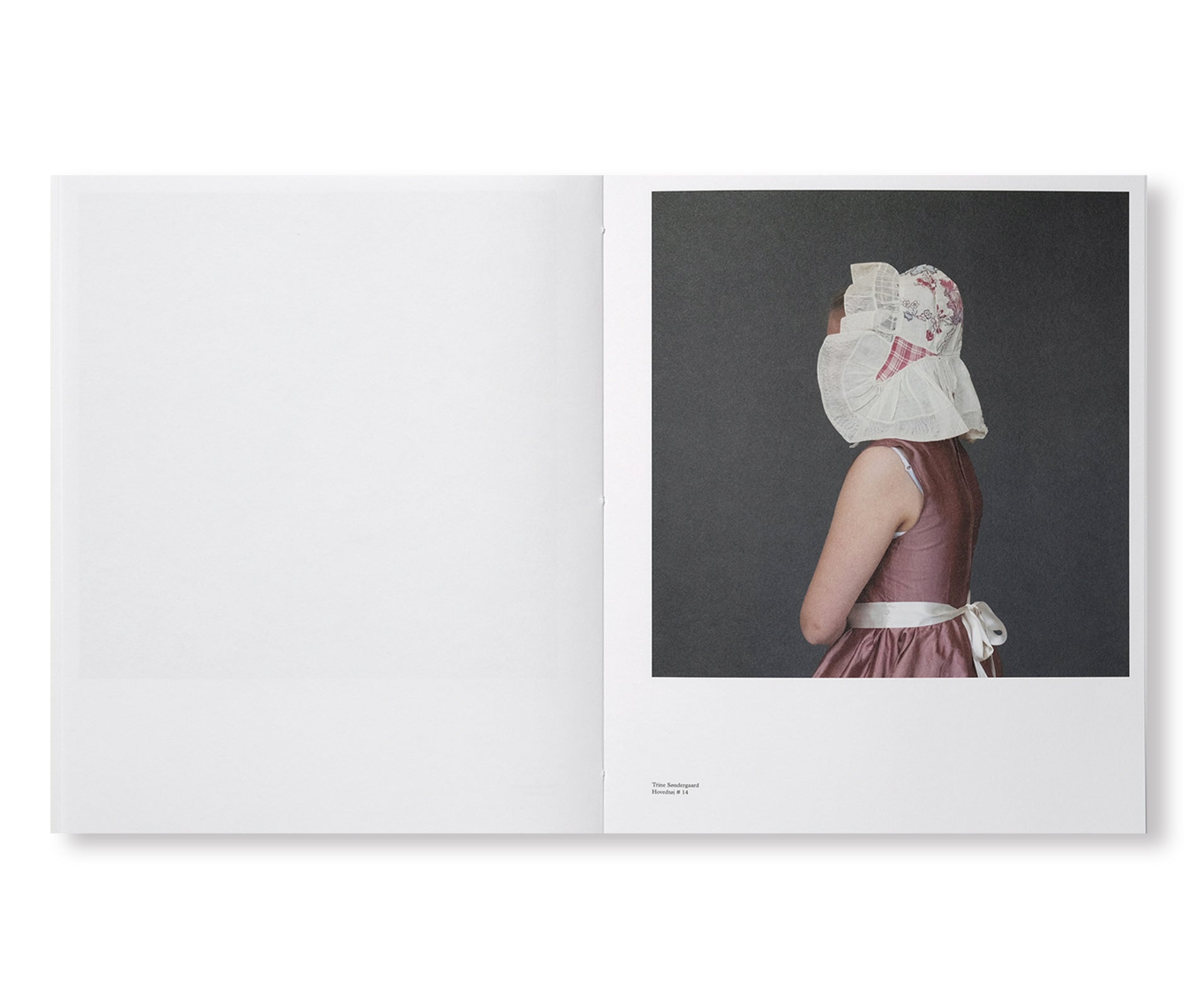
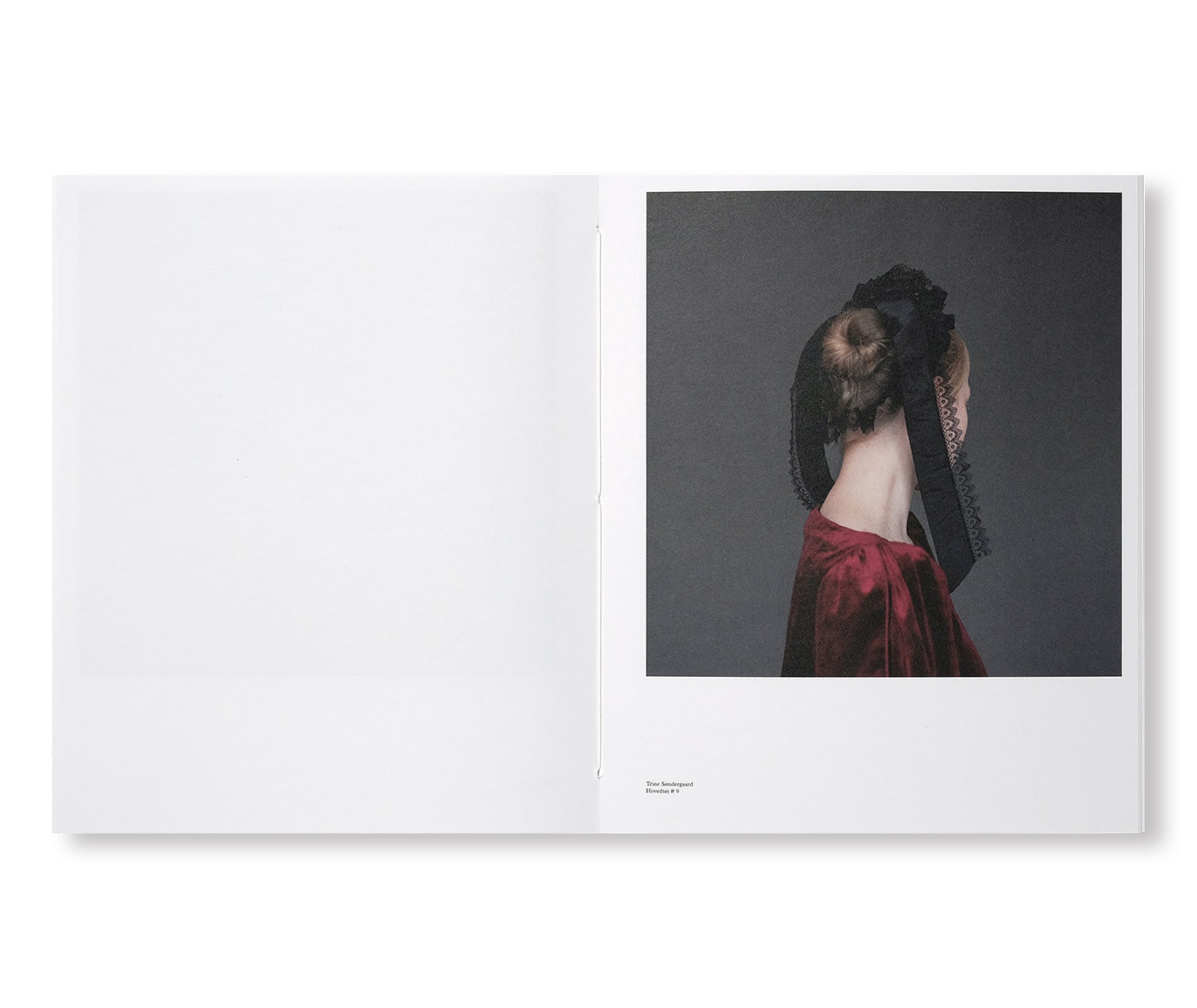
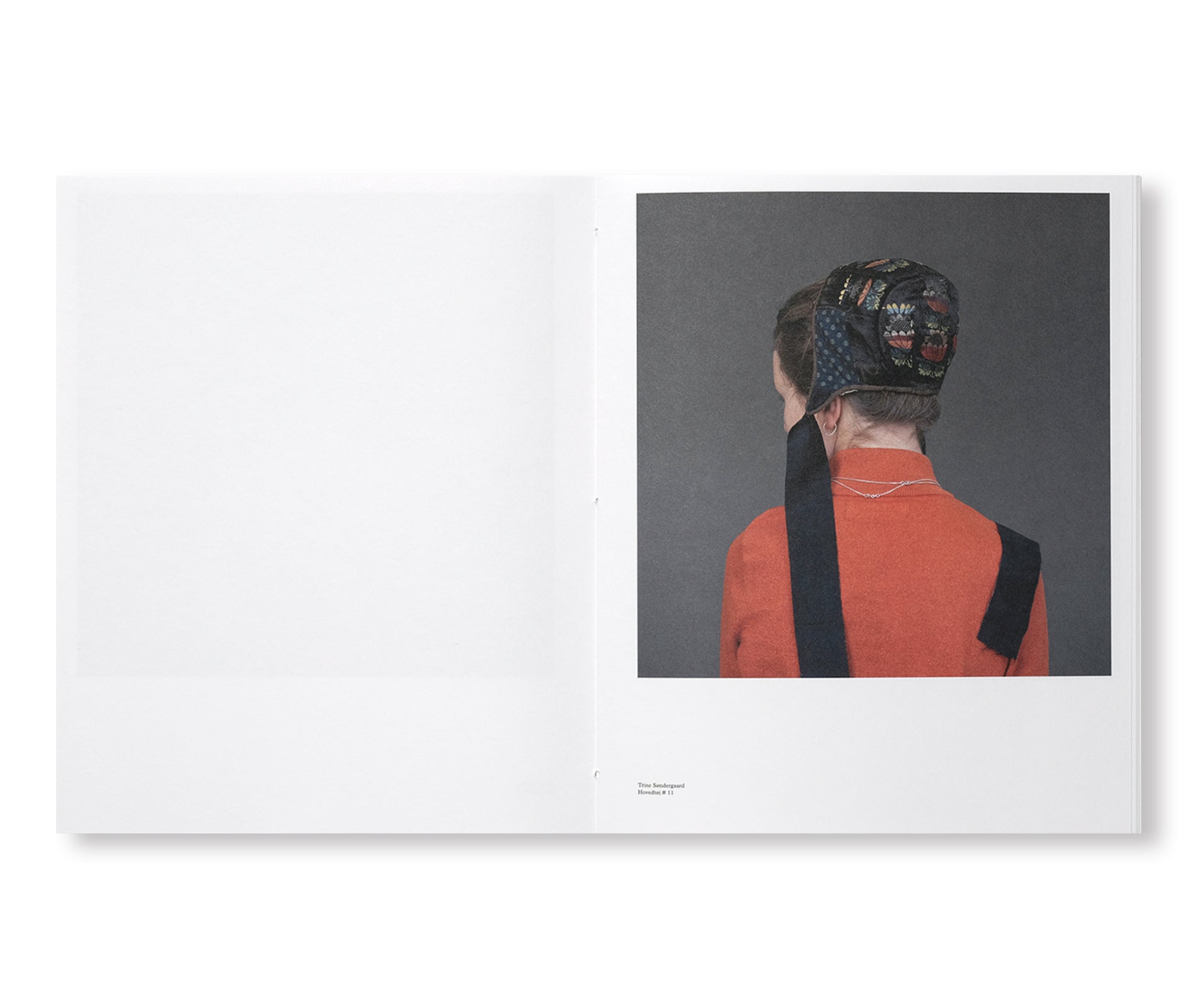
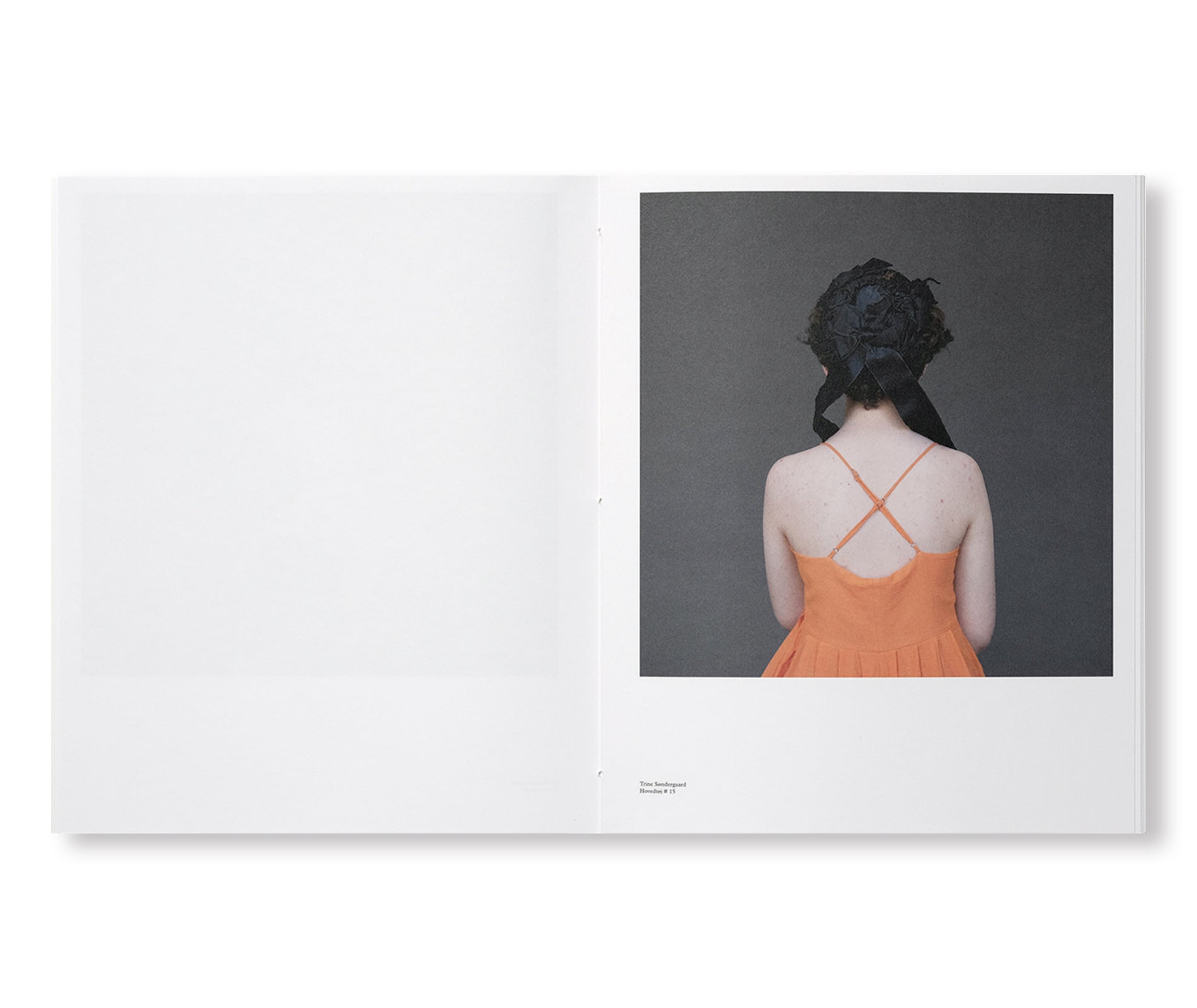
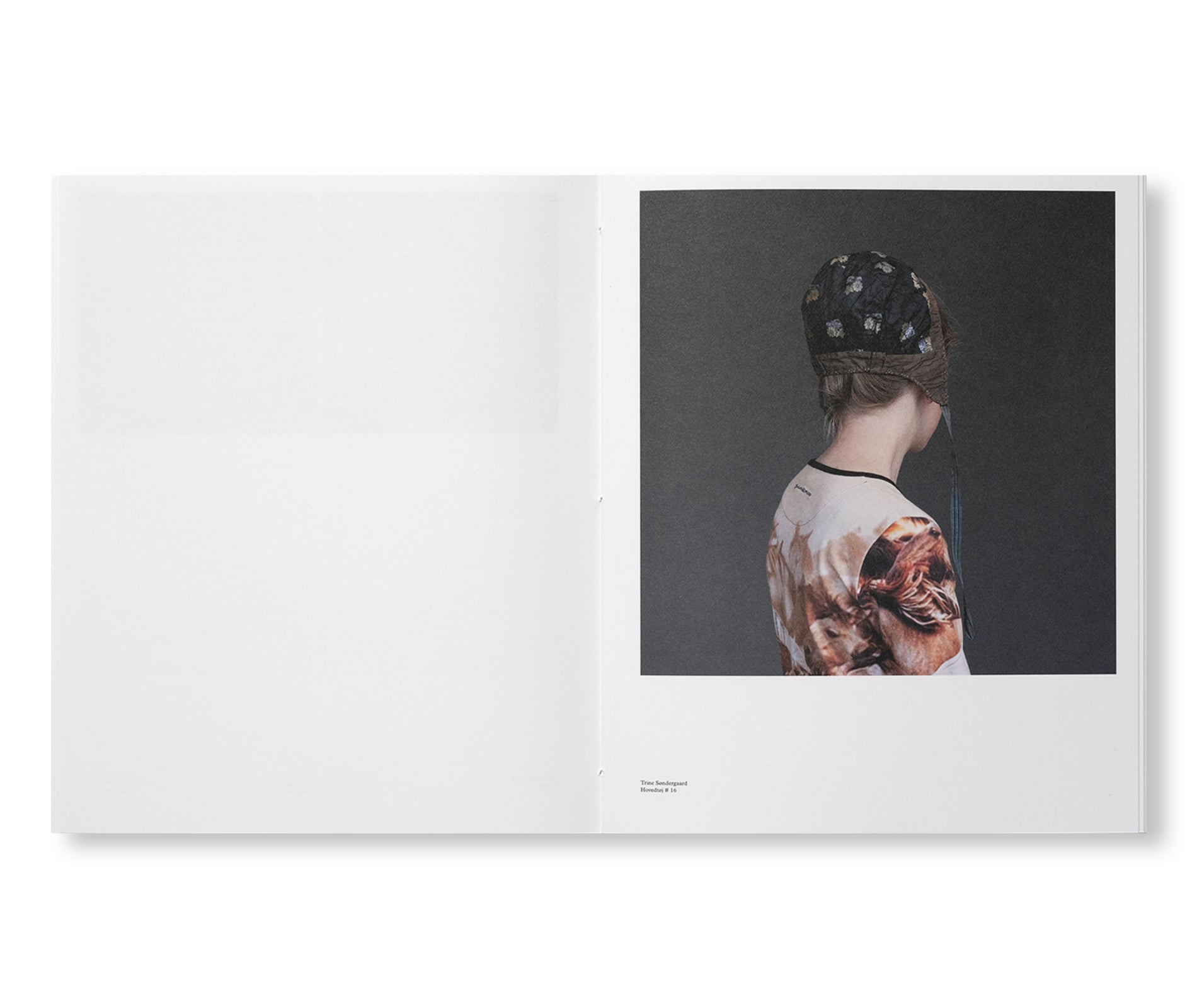

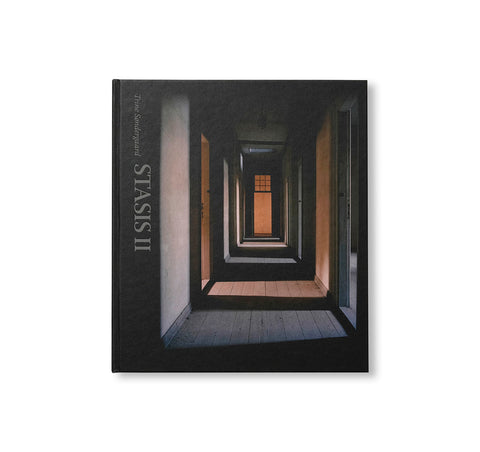
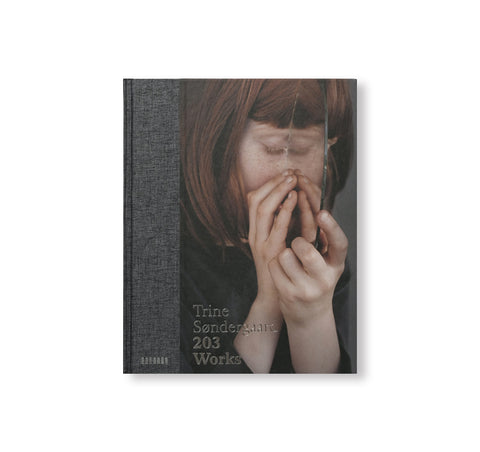

![A ROOM INSIDE by Trine Søndergaard [SIGNED]](http://twelve-books.com/cdn/shop/products/170419_04152_large.jpg?v=1571703943)